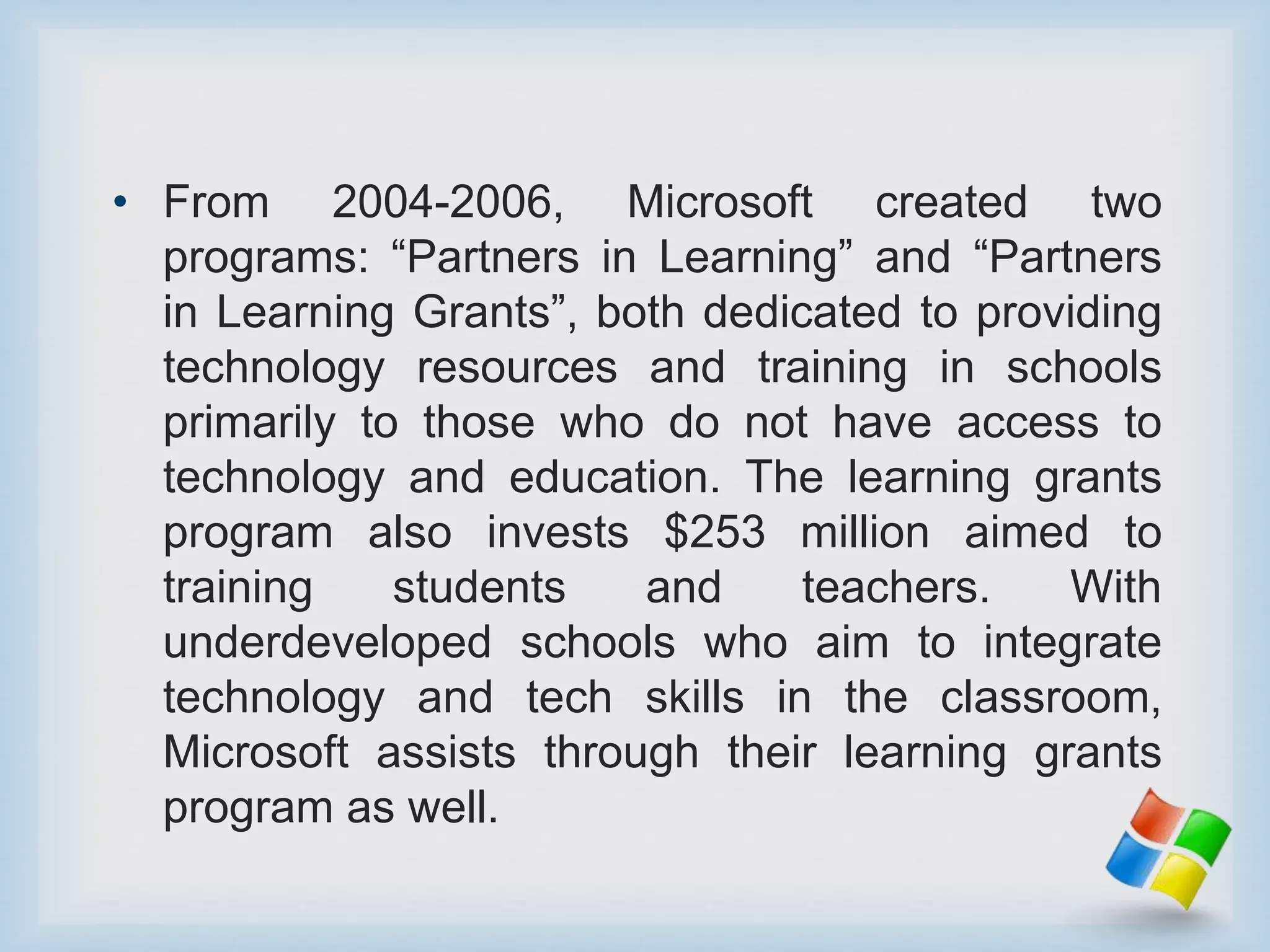Corporate social responsibility (CSR) involves businesses delivering economic, social and environmental benefits to all stakeholders. CSR activities typically go beyond legal compliance and include areas like corporate governance, human rights, community development, and working conditions. While many companies view CSR as philanthropy, it is important for businesses to understand stakeholders' perspectives on their CSR initiatives through research. Implementing CSR can benefit companies through improved public image, employee engagement, and attracting investors.



























